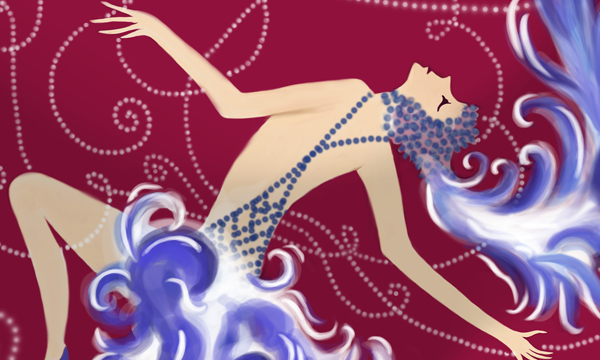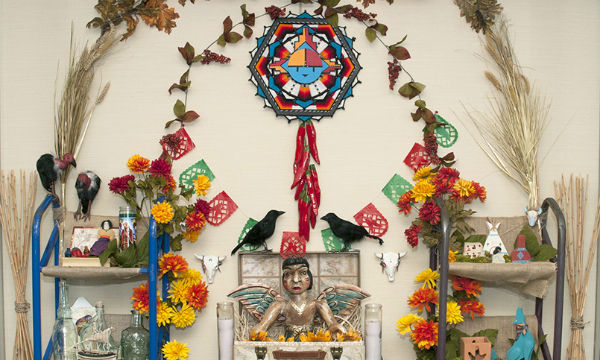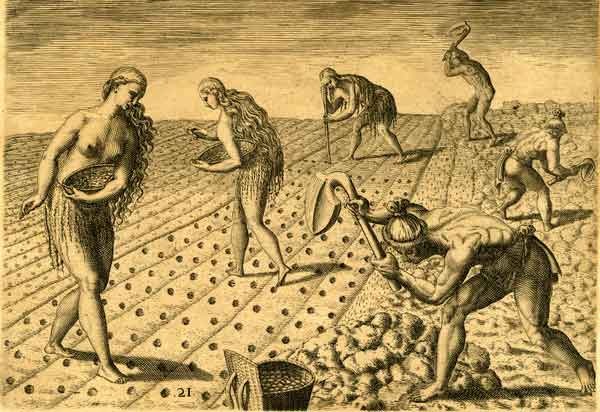Post by Luo Zhou, Librarian for Chinese Studies; Rachel Ingold, Curator of the History of Medicine Collections; and Laura Williams, Head of the Music Library
This year commemorates a significant milestone: the 50th anniversary of Libraries Assembly (LA), the association for staff across all the libraries at Duke University. To kick off this celebration year, a fresh new logo was unveiled, designed by Aaron Canipe, symbolizing LA’s core commitment to fostering connections and partnerships with co-workers, and offering information about Duke and its libraries. The new logo was selected from more than five designs submitted by staff at the logo redesign contest that lasted from September to December 2023.
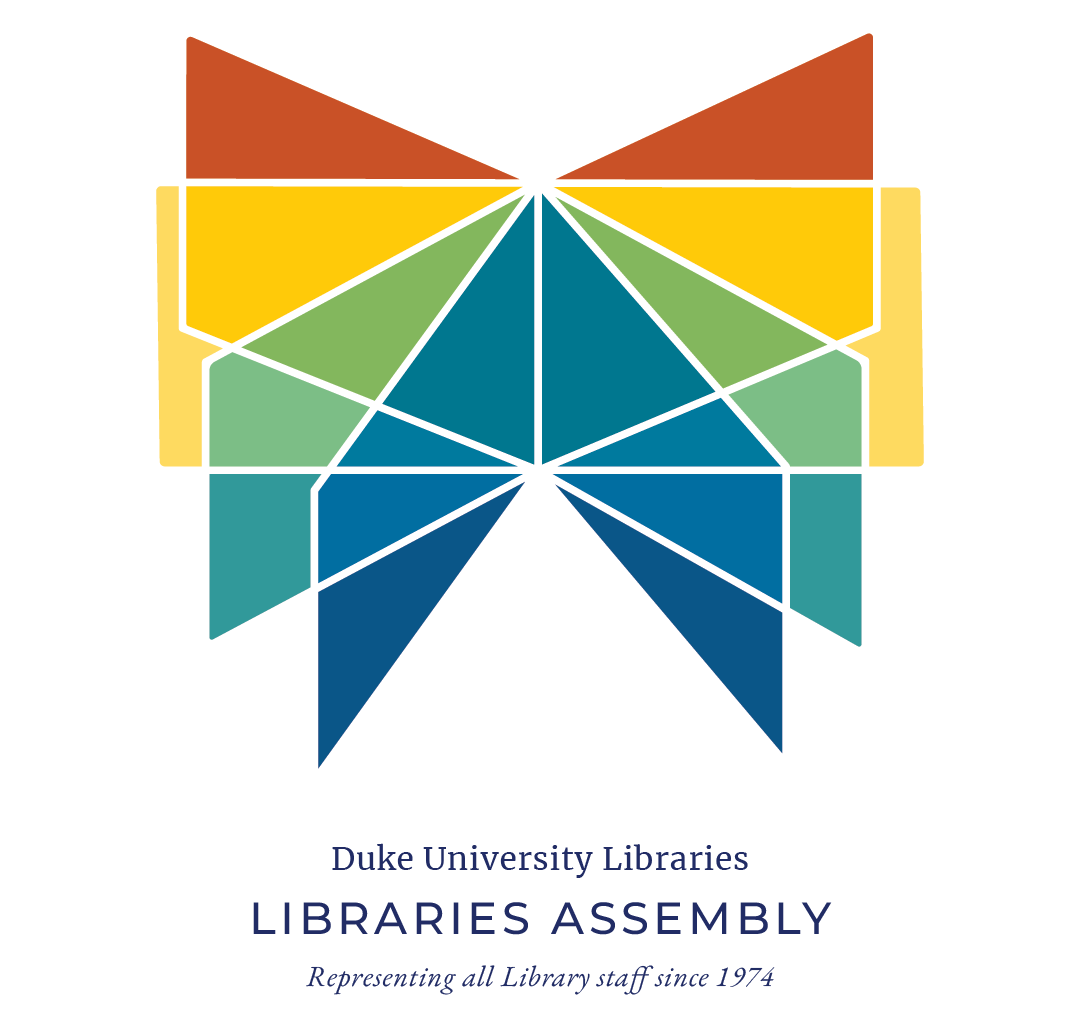
An exhibition documenting LA’s history, prepared by Rachel Ingold (current LA president), was on display at the entrance of Perkins Library for the whole month of February. It included photographs from past LA events and the Branson Committee Report that led to the formal establishment of Librarians Assembly on December 4, 1973 with librarians from Perkins Library and the Medical Library, and later those working at the Goodson Law Library and the Ford Library (Fuqua School of Business), and the Divinity School Library.

On February 7, library staff gathered in Holsti-Anderson Family Assembly Room to celebrate the milestone with a delectable cake and an enlightening panel discussion featuring five librarians who have made contributions to this association to share their experiences: Donna Bergholz (retiree), Beverly Murphy (Medical Center Library), Beth Doyle, Emily Daly and Christina Manzella. The panel also had contributions from Barbara Branson (read by Laura Williams) and Rachel Ingold as the moderator.

The panel began by delving into the creation of the Branson Committee, established in response to the efforts to formalize the status of professional librarians by the University’s Personnel Office (now Human Resources). Details were shared about the formation of the committee, their work on gathering information on the salary, benefits, and status of professional librarians in academic libraries in the United States, and the important final report that made possible the formation of this association.
The panel moved on to the change of name from Librarians Assembly to Libraries Assembly in 2018, expanding membership to include all staff working within libraries at Duke. More recently in June 2020 (with updates in February 2023), the Libraries Assembly made a resounding Statement on Systemic Racism, formally announcing its support to the movement for racial equality and affirming its commitment to a plan of action. The panel concluded with a positive outlook for future opportunities where LA continues to serve as an advocate for excellence in librarianship and to promote the interests and participation of its members in the affairs of the libraries, the University, and the profession at large. You can find a link to the recording here.
The celebration was well attended and enthusiastic feedback was heard from all. LA invites all staff working at libraries at Duke University to continue to share their experiences with LA throughout this year with stories and photographs.


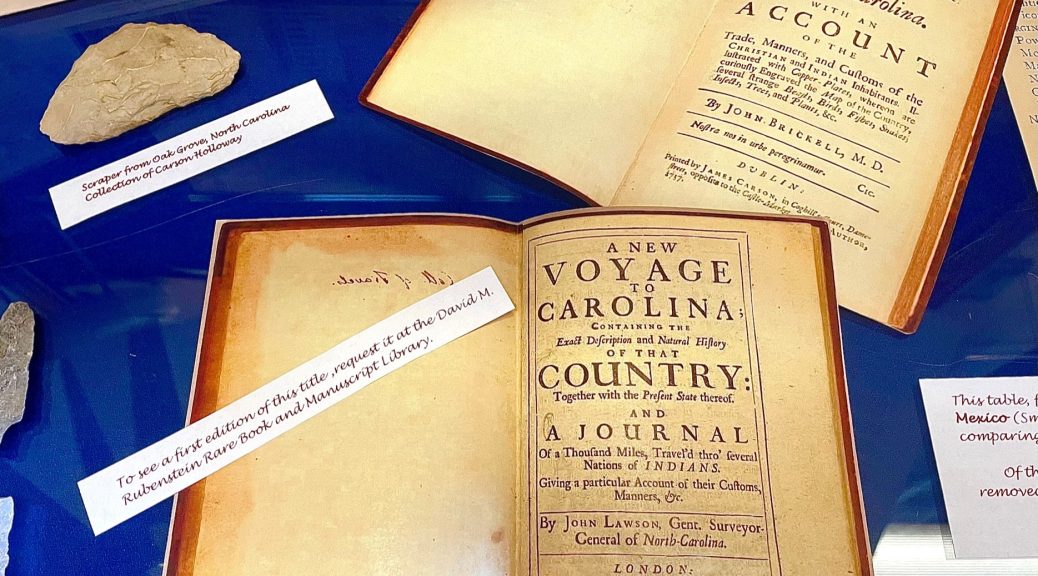










 Featuring collector and exhibit co-curator Lisa Unger Baskin in conversation with Naomi L. Nelson, Associate University Librarian and Director, Rubenstein Library. Also featuring introductory remarks by Edward Balleisen, Vice Provost for Interdisciplinary Studies. Free and open to the public.
Featuring collector and exhibit co-curator Lisa Unger Baskin in conversation with Naomi L. Nelson, Associate University Librarian and Director, Rubenstein Library. Also featuring introductory remarks by Edward Balleisen, Vice Provost for Interdisciplinary Studies. Free and open to the public. On exhibit through February 3, 2019
On exhibit through February 3, 2019


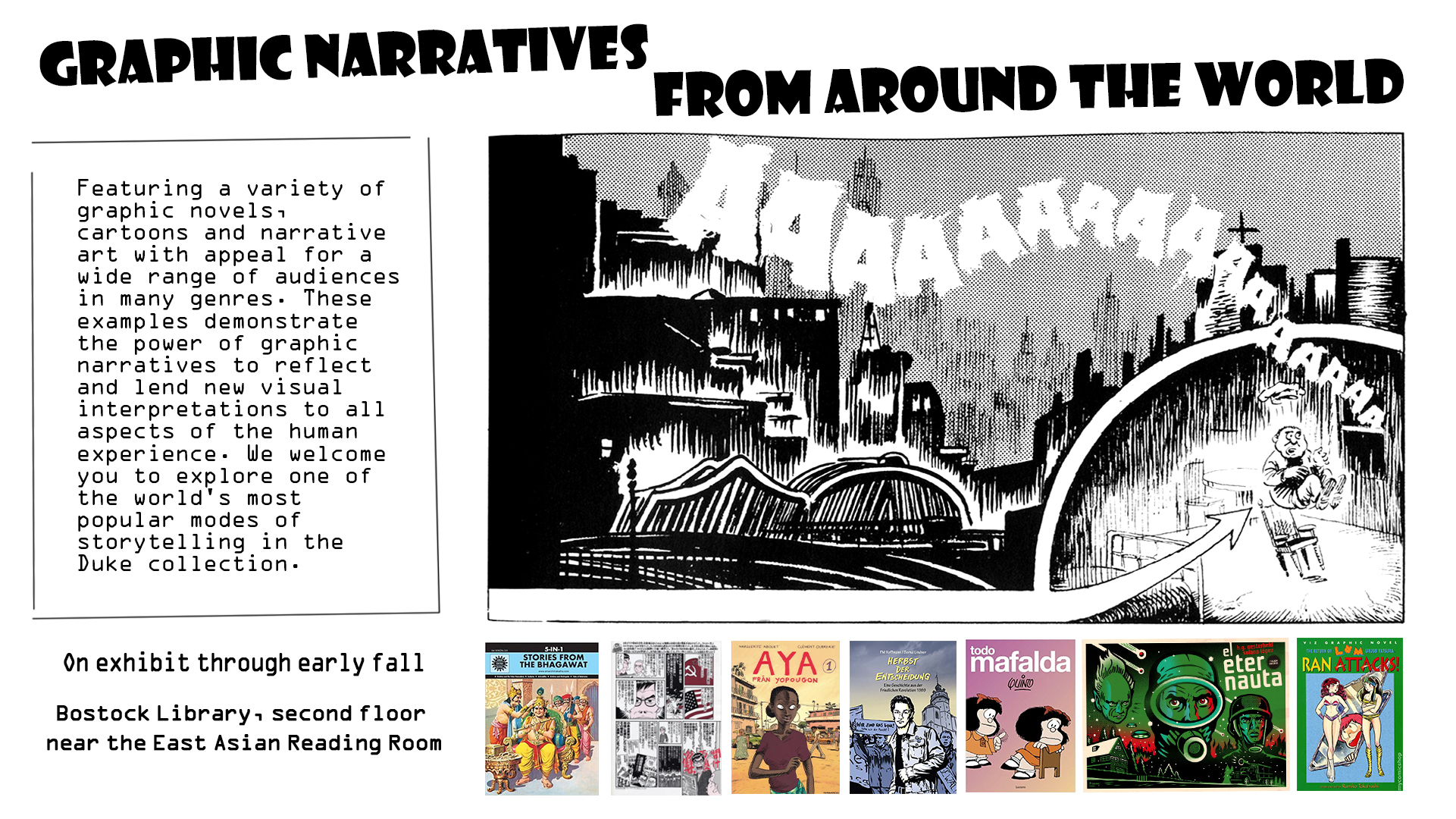
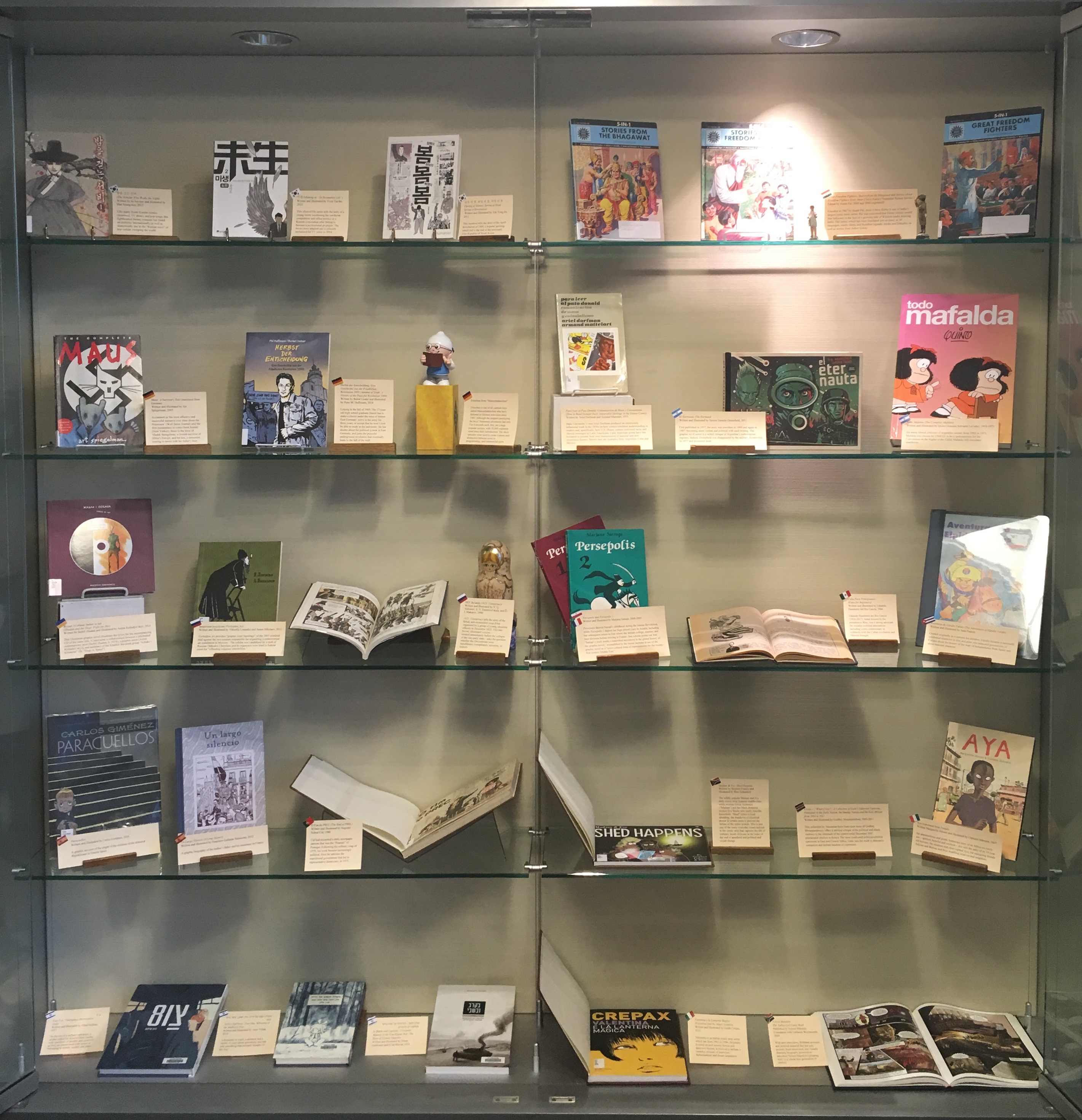

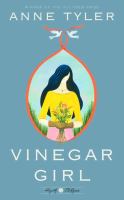



























 My life has always revolved around the sale and distribution of food. My food-centric lifestyle is not all that surprising, as my family owns and operates gourmet food stores in Pittsburgh. By the time I was three years old, I was working behind the counter, standing on a plastic milk carton so that customers could see me while I earned my family “business degree.” After years of practice (and a growth spurt or two) I could easily reach over the counter to hand my family’s homemade kielbasas to customers. My grandfather made those sausages. He established the family business, too, by starting as an itinerant vendor at a roadside food stand in the 1940s. Over time, he worked his way towards opening a series of grocery stores with the support of my grandmother, mother, aunts, and uncles. Together, my family created a business committed to supporting small-scale local farmers and artisans while preserving the culinary heritage of Pittsburgh.
My life has always revolved around the sale and distribution of food. My food-centric lifestyle is not all that surprising, as my family owns and operates gourmet food stores in Pittsburgh. By the time I was three years old, I was working behind the counter, standing on a plastic milk carton so that customers could see me while I earned my family “business degree.” After years of practice (and a growth spurt or two) I could easily reach over the counter to hand my family’s homemade kielbasas to customers. My grandfather made those sausages. He established the family business, too, by starting as an itinerant vendor at a roadside food stand in the 1940s. Over time, he worked his way towards opening a series of grocery stores with the support of my grandmother, mother, aunts, and uncles. Together, my family created a business committed to supporting small-scale local farmers and artisans while preserving the culinary heritage of Pittsburgh.









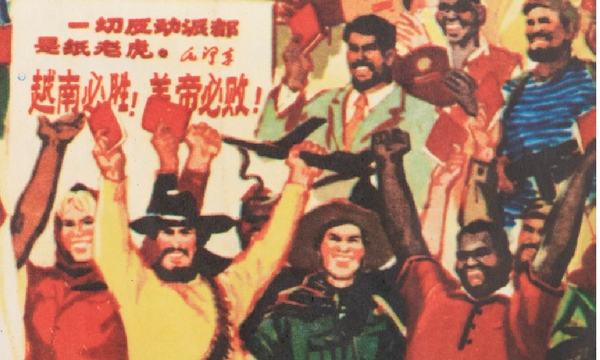
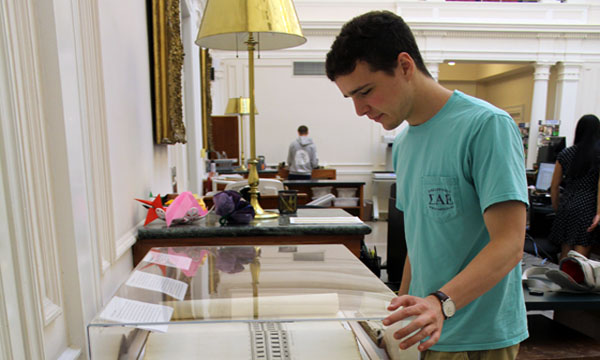
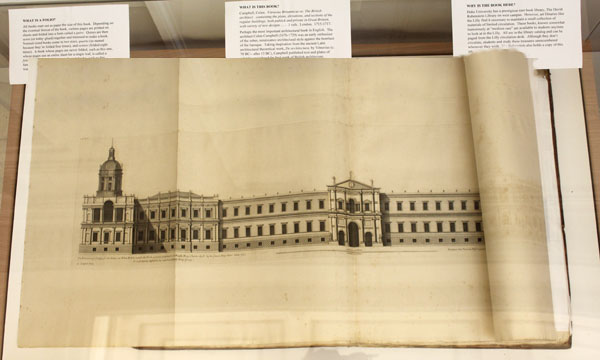





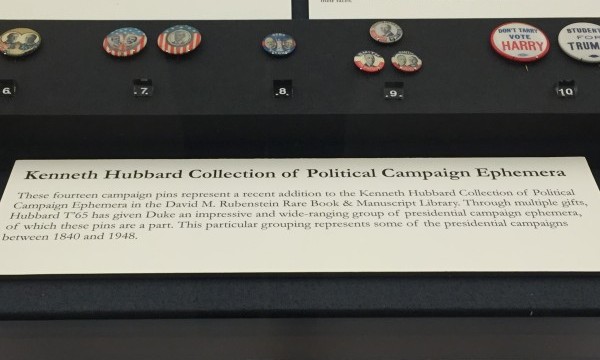
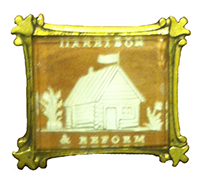
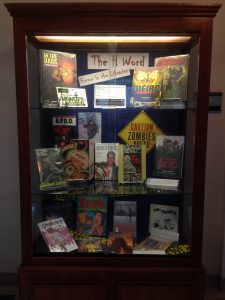
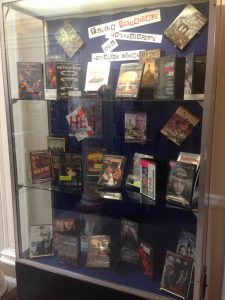
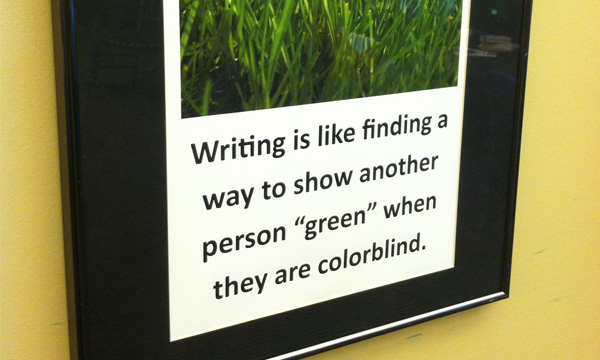



 On exhibit August 14 – December 14, 2014
On exhibit August 14 – December 14, 2014














